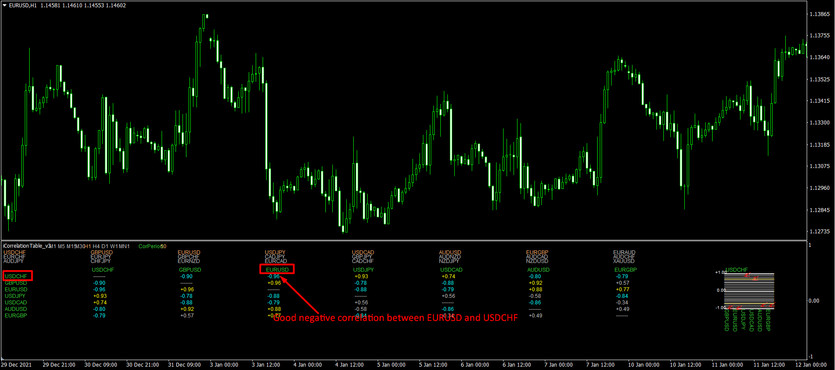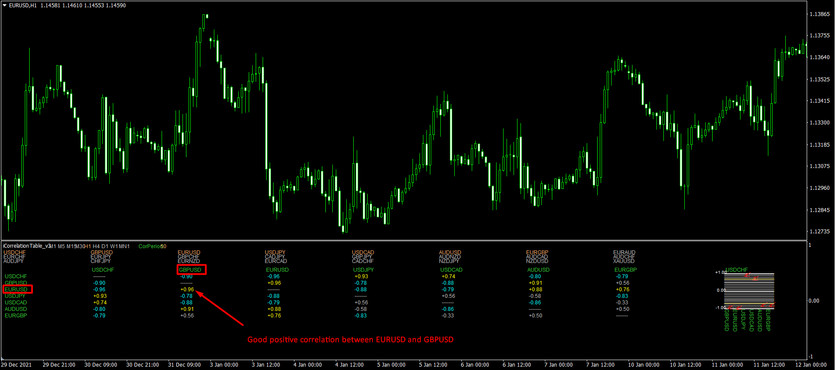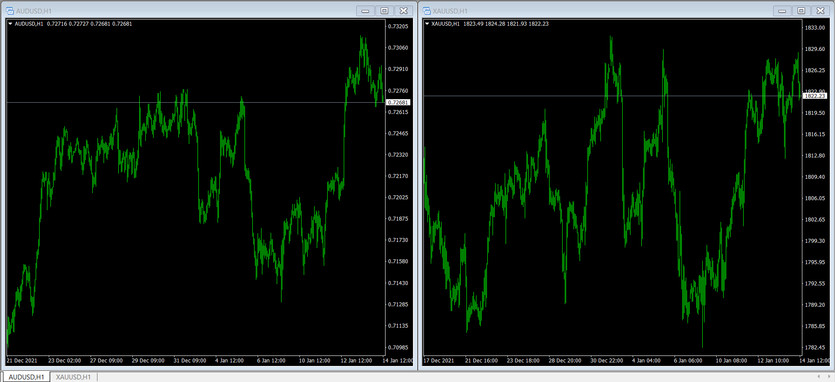Experienced Forex traders widely use pair trading. Pair trading strategies for correlations are considered the safest because they allow you to diversify risks. The only difficulty lies in the correct choice of financial instruments that correlate with each other.
Correlation and features of its practical application in trading
Correlation is the statistical interdependence of at least two random variables. In the terminology of online trading, the correlation should be understood as the relationship in the pricing of currency pairs.
The correlation coefficient can vary from -1 to 1, where the minimum value indicates the opposite trend in asset pricing, and the maximum indicates an identical one. In fact, the correlation coefficient is a floating value that depends on the level of liquidity. This indicator is also able to influence macroeconomic factors. This enables traders to profit from changes in the correlation coefficient in the medium term in the foreign exchange market. And these methods are also successfully used in the stock and commodity markets.
If the coefficient is equal to zero, then this indicates the absence of interdependence between financial instruments. For example, the correlation between the AUDUSD and the XAUUSD is close to 1. This Gold is practically the main export commodity of Australia, so its market value affects the pricing of the national currency.
Applying the Correlation Strategy to Pair Trading
The most common earnings on the interdependence of Forex currency pairs is trading assets with a negative correlation coefficient.
As mentioned above, the main task in the successful implementation of the strategy is the selection of mutually influencing assets. Such assets are trading instruments whose correlation coefficient is close to 1 or -1. The closer the coefficient to 1 or -1 two currency pairs have, the more likely it is to get a successful result.
The good news is that we have an excellent assistant in our arsenal to solve the problem of selecting correlated pairs - the iCorrelation Table indicator. This indicator has a table that displays the correlation coefficient between major currency pairs. It also provides the ability to add other trading instruments of the trader's choice. You can download this indicator for free in the Indicators section of our website.
Negative correlation coefficient.
A good example of an interdependence coefficient and a negative correlation are the EURUSD and USDCHF currency pairs, whose coefficient is -0.95. In practice, this indicator varies in the range from -0.78 to -1. The essence of earnings is to open two identical trading orders for assets at the moment when the correlation coefficient between them is minimal.
At the moment when the correlation coefficient of these pairs reaches the lowest value, two one-way trades are opened. Positions should be closed when the correlation coefficient leaves its minimum value. You will get an almost guaranteed profit if, together with the minimum correlation value, you find two correlated pairs with a positive swap.

Positive correlation coefficient.
As in the negative correlation example, currency pairs with a positive correlation coefficient close to 1 can be used for trading. In this case, orders should be opened in opposite directions.

Conclusion
The main advantages of the strategy are stable profits, the availability of analysis, and the almost passive participation of the trader in trading.
The disadvantage of pair trading correlation strategies is the fact that the correlation coefficient does not change often, so these strategies do not involve a large number of transactions. However, the stability and low risk obtained with this approach outweigh this shortcoming.





